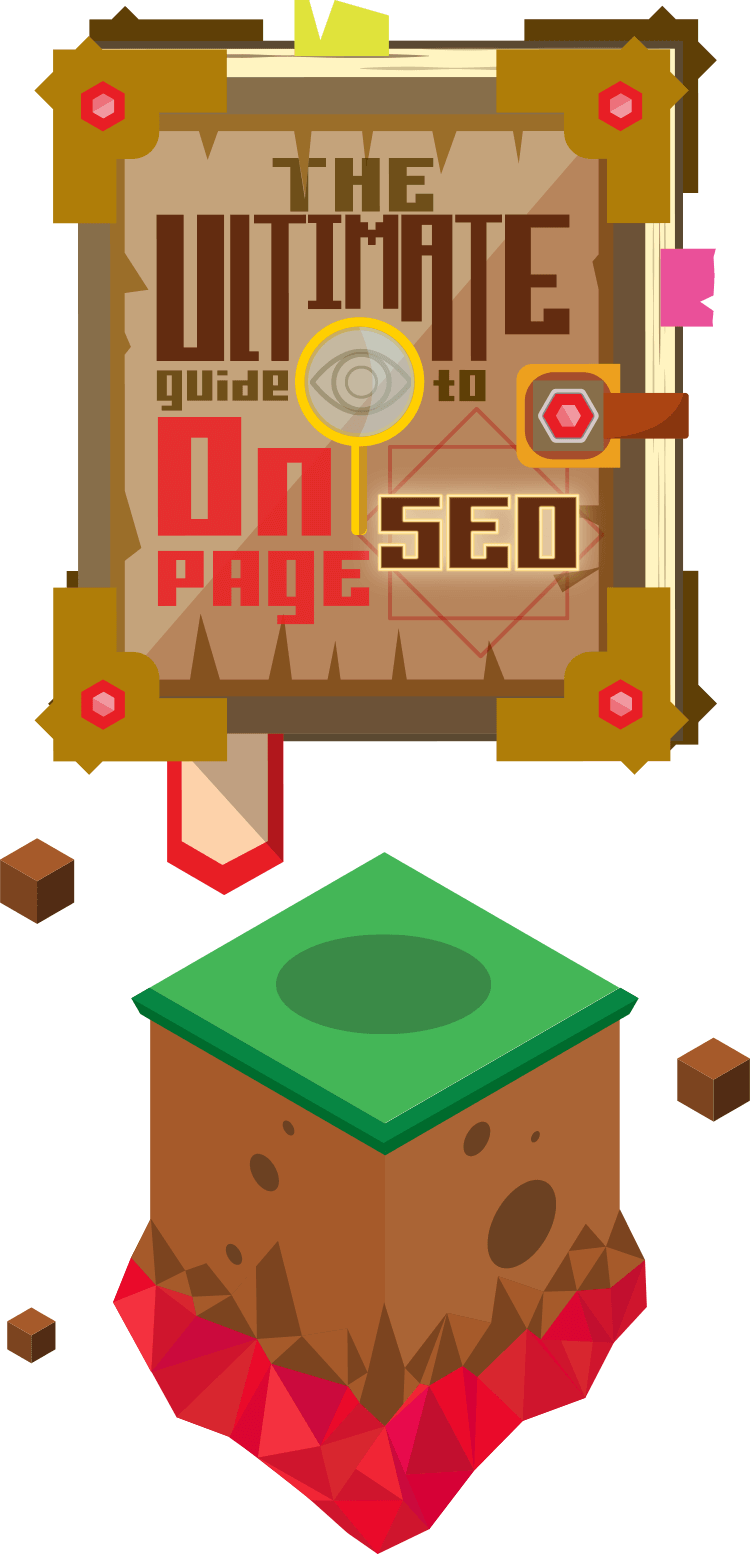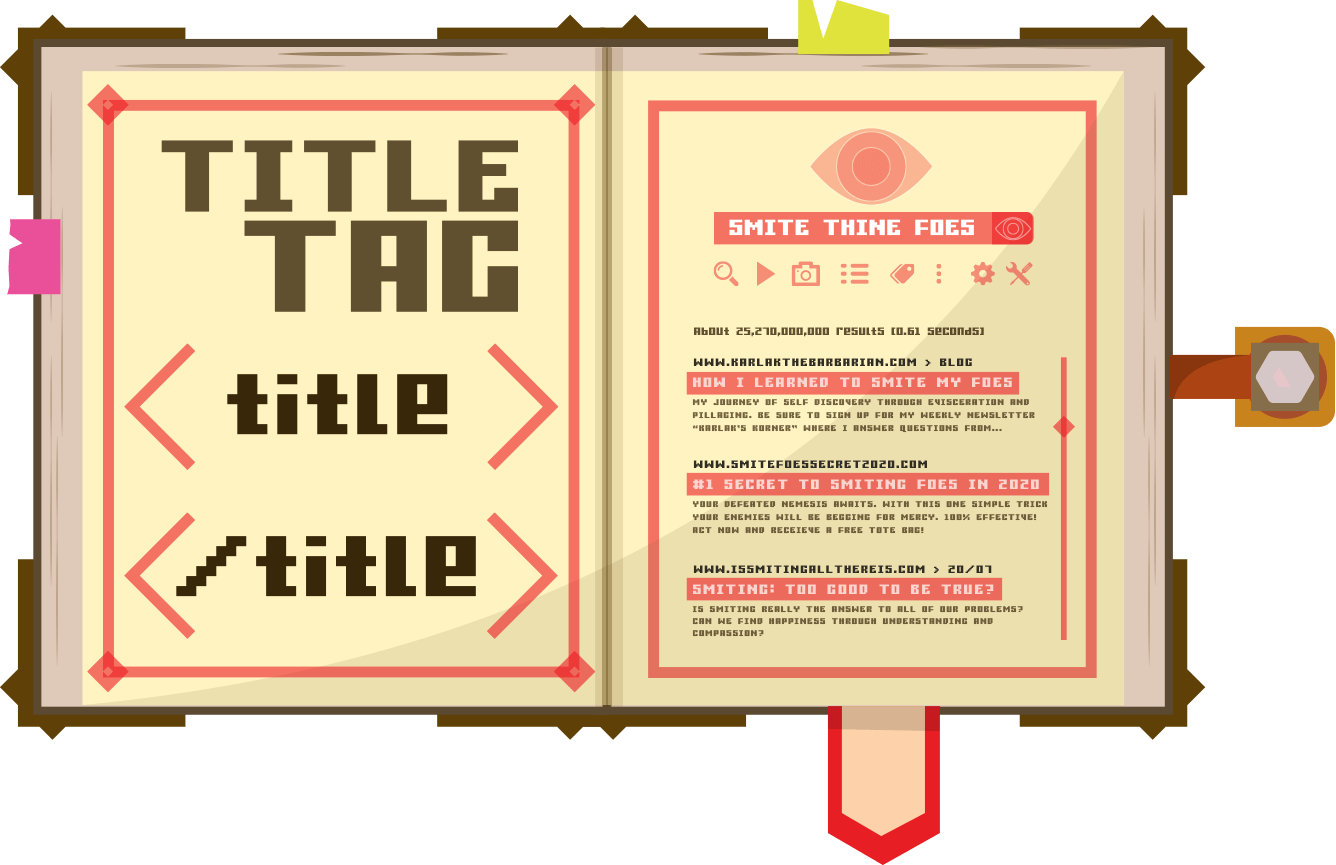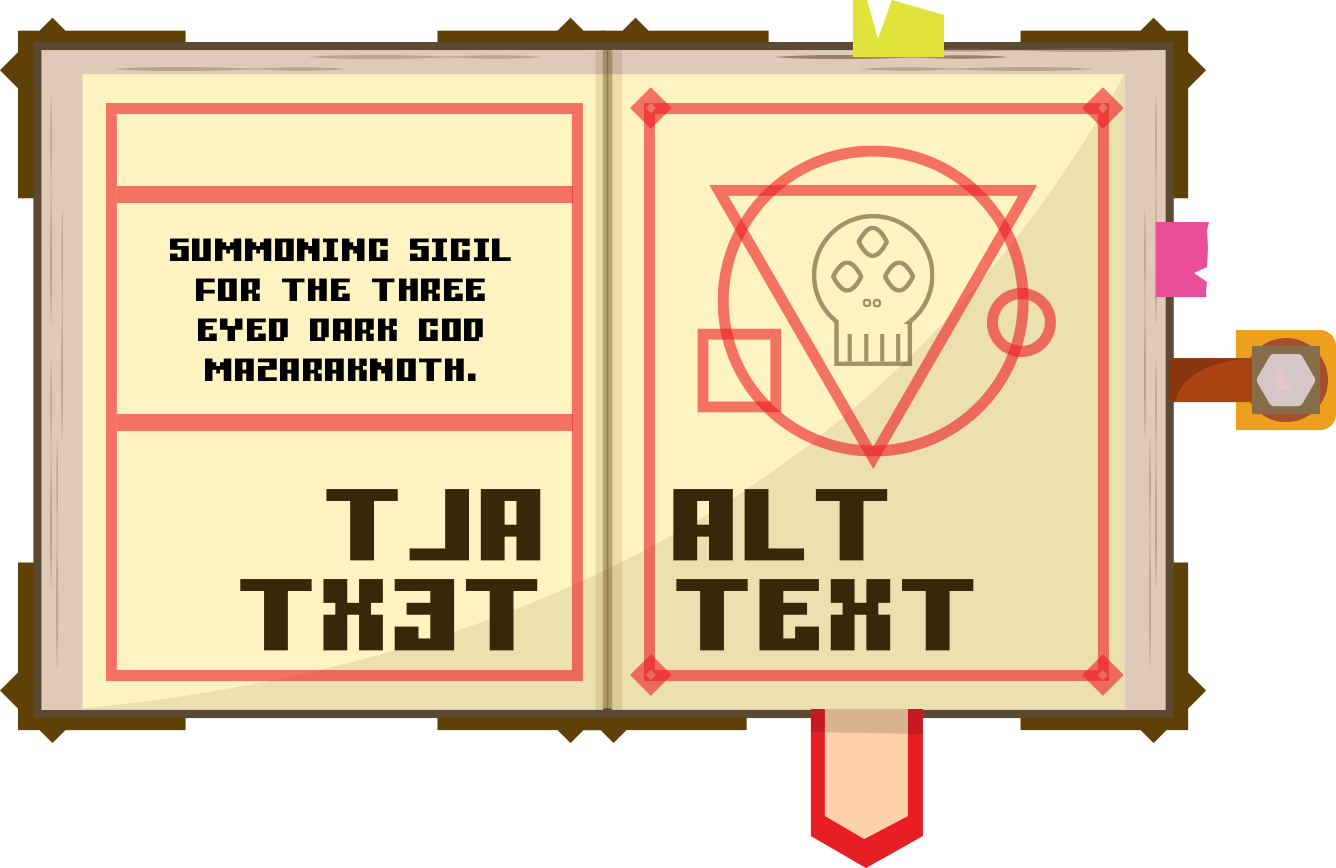The Ultimate Guide to On-Page SEO
There’s more to SEO than link-building and keyword research. If you want to see your website move up the rankings, you also need to spend some time making sure your website itself meets Google’s expectations.
On-page SEO is central to this and involves ensuring the content on each of your webpages has what it takes to rank well.
There are many factors to consider when working on your on-page SEO — we’ve put together this guide to take you through the essentials. Here are the key elements you need to consider:


Title Tag
Optimising your title tag is the first thing you should consider when working on your on-page SEO. If you’re not familiar with the title tag, it’s the component of your webpage that displays your title in search engine results, letting people know what they can expect if they click the link.
It also plays a crucial role in letting the search engines know what to expect. For this reason, you should ensure your title tag contains the primary keyword or phrase — positioned within the first few words of the tag, if possible.
Headings
Your page headings perform several functions, such as breaking up your page’s content to make it more appealing for your readers. They are also an essential component of on-page SEO.
To make sure your headings contribute to your search engine rankings, use the corresponding HTML tags. The H1 tag is reserved for your page title, which corresponds to the text within your title tags. You can then use H2, H3, H4, H5, and H6 tags for the various headings and subheadings you may use on your page, should you need that many. Your most essential tags come first, so use them in the order they’re intended. And, while it’s good to use keywords in your headings, they shouldn’t inhibit the flow of your content — headings should be authentic.


Alt Text
Although on-page SEO efforts tend to focus on the text, images matter too. Most importantly, make sure each image you include on your website contains the corresponding alt text (alternative text) within its HTML tags.
This feature is designed to improve accessibility, providing information about the images on your website to people with impaired vision. In the world of search engines, the alt text on your images can affect your rankings, as search engines use them to understand what images on your page depict. Again, make sure this is relevant to the photo itself and avoid keyword stuffing.
URLs
It’s crucial to note that on-page SEO isn’t all about the content contained on the page. There are some essential considerations behind the scenes, too, such as the way you structure your URLs.
Your URLs should not be randomly assigned but should reflect the content of the page they correspond to, including the primary keywords where appropriate. Furthermore, you can use the URL to signal the structure of the website to Google, using folders or dates to share more information with Google.


Site Architecture
Individual pages on your website don’t exist in isolation. For this reason, it’s important to include internal links within each of your webpages to let the search engines know how your context links together.
These internal links are essential to ensure all your content appears within the search engine results. This is because search engines use them to crawl your website to discover your content. If your internal site architecture doesn’t exist, they may not find the rest of your content to index.
Schema
Although schema doesn’t impact your search engine rankings directly, it can make it easier for them to learn more about your content. Schema is a code that you can include within your webpages to provide more information to search engines, such as rich snippets.
Search engines like this code, because it helps them display relevant information that improves user experience. This also means your content will likely appeal to users, improving the likelihood they will click through to your content.
If you want to see your page on the first page of Google, on-page SEO is something you shouldn’t ignore. Not sure what to do next? Get in touch to find out how we can help.

